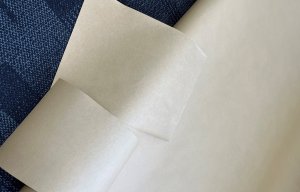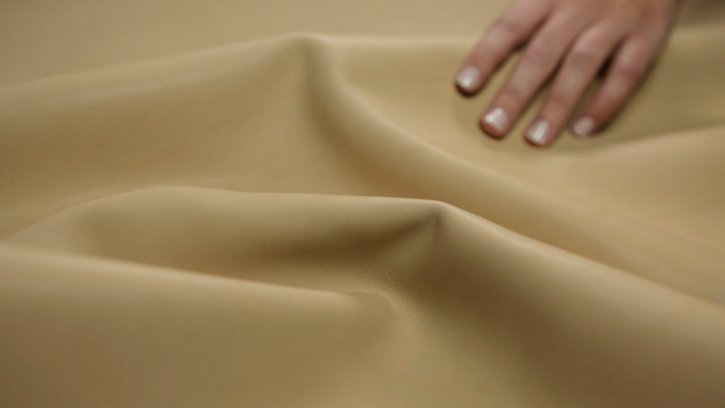
Recycling release papers in artificial leather manufacturing
Silver nanoparticles take double action against virus.

26th July 2021
Innovation in Textiles
|
São Paulo, Brazil
JBS Couros, a leader in the leather processing industry headquartered in São Paulo, Brazil, is now using a coating treatment called JBS V-Block which contains silver nanoparticles which inactivate SARS-Cov-2 virus.
“Our leather has undergone scientific tests that prove the inactivation of the SARS-Cov-2 virus,” says Guilherme Motta, president of JBS Couros. “The application of this new technology sets a new standard in leather production. It not only inactivates the spread of viruses including Covid-19, but assists in the preservation of the material, making it ideal for use on surfaces that are used regularly or come into contact with a number of people, such as furniture, seating and vehicle steering wheels or items such as clothing, bags and wallets.”
In tests conducted in the level 3 biosafety laboratory (NB3) of the Institute of Biomedical Sciences of the University of São Paulo (ICB-USP), the material showed 99% inactivation of the SARS-CoV-2 virus in 30 minutes from contact with viral particles.
“The use of this technology increases the contact surface of silver and its prominence in the leather, enabling antiviral action,” explains researcher Lucio Freitas, who participated in the tests, which were made in accordance with the international standard ISO 21702, which establishes the most appropriate methods to detect antiviral activity in plastics and non-porous surfaces.
The microparticles are constructed from the synthesis of silver salts and stabilised by synthesis technology.
“Silver microparticles are able to inactivate the virus by two mechanisms,” explains Daniel Minozzi, founder and director of Nanox, the developer of the coating. “In the membrane, where they break the external coating of the virus and inactivate its entry into the host cells, and in RNA (or DNA), where they oxidise the genetic material of the exposed virus, inactivating its multiplication capacity.

Business intelligence for the fibre, textiles and apparel industries: technologies, innovations, markets, investments, trade policy, sourcing, strategy...
Find out more